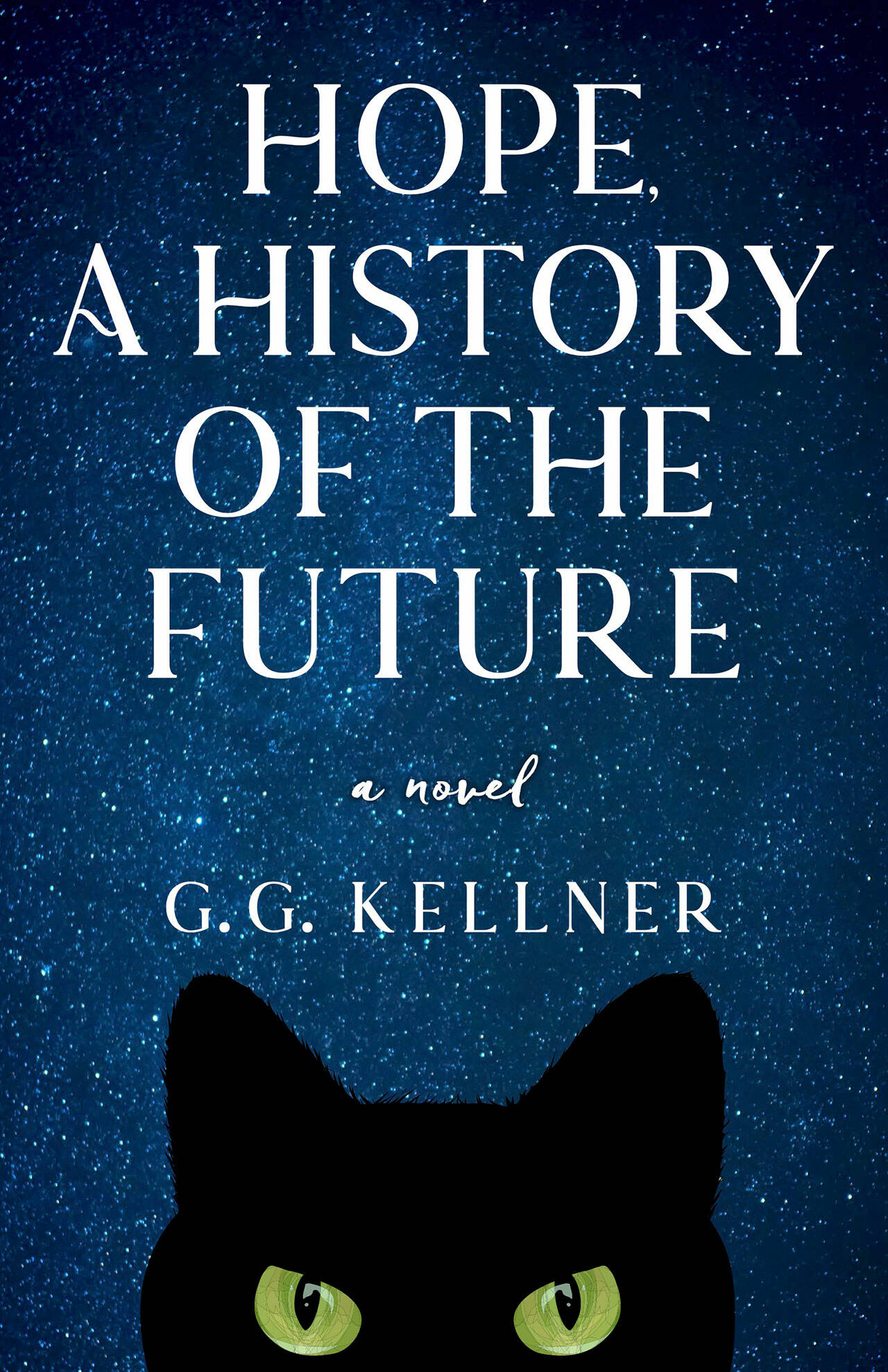Lifelong educator and fifth-generation islander Gayle Kellner became concerned when one of her 12-year-old students came up to her one day and announced that they thought the world would be better off without people.
Conversations like these, regarding the ongoing climate crisis, spurred her toward writing her debut novel, “Hope, A History of the Future,” published under her pen name, G.G. Kellner.
The book, set in 2037, follows Joyce Denzell and her family as they discover a book lying in their home library. Even stranger, the book discovered by the Denzells has a copyright date of 2200 – seemingly placed into their home from the distant future.
Over the next 24 hours, each member of the Denzell family reads the mysterious book, which includes the stories of Gabe, Mia and Ruth, and teaches each member of the family important lessons while simultaneously seeing how the future could be.
“I realized we needed a story of hope and possibility,” said Kellner. “So I wanted to write something with a happy ending, where we resolve some of the major issues and crises of the day.”
In order to begin writing “Hope, A History of the Future,” Kellner quit her teaching job and devoted herself full-time to writing in 2016.
On one wall of her home, said Kellner, she had placed a large piece of butcher paper that helped her map out the arc of the story, the three separate storylines included in the book and how each storyline intertwined.
She also found herself writing “hundreds” of notes for the book that lined the windowsills and counters of her home. Those notes helped Kellner with character and scene development.
During the writing process, Kellner also conducted historical research, reading selections such as “The History of the World” by J.M. Roberts and O.A. Westad, and sources from the United Nations (UN), Environmental Protection Agency (EPA), scientific journals and more.
“On every scale from poverty, to measurements of freedom, to rights, to health — on every scale the world is becoming a better place….with one giant exception being [the] environment,” said Kellner.
Kellner was inspired to look at sustainability specifically when she saw “the hopelessness in my adult children and in my students when they talked about the future.”
These sorts of conversations and sentiments, said Kellner, were something she was surprised to hear among “children too young for teenage angst.”
She was also troubled that people were “not enough aware” of the climate crisis and wanted to alert readers to the urgency of climate change.
However, said Kellner, the main goal of the novel is to give readers the opportunity to imagine a world in which things can be done differently.
“It imagines a future world and what it looks like to walk around in a world…that is peaceful, and a world where the environment is protected, and a world where there’s justice,” said Kellner. “I mean, what would that look like? It gives a reader through a fictional story an opportunity to visit that world.”
“I hope they are left with a sense of hope that the future can be better than they imagined,” said Kellner.
A sequel to “Hope, A History of the Future” is currently in the works. Kellner’s novel can be purchased at Vashon Bookshop, SAW and everywhere else books are sold.


